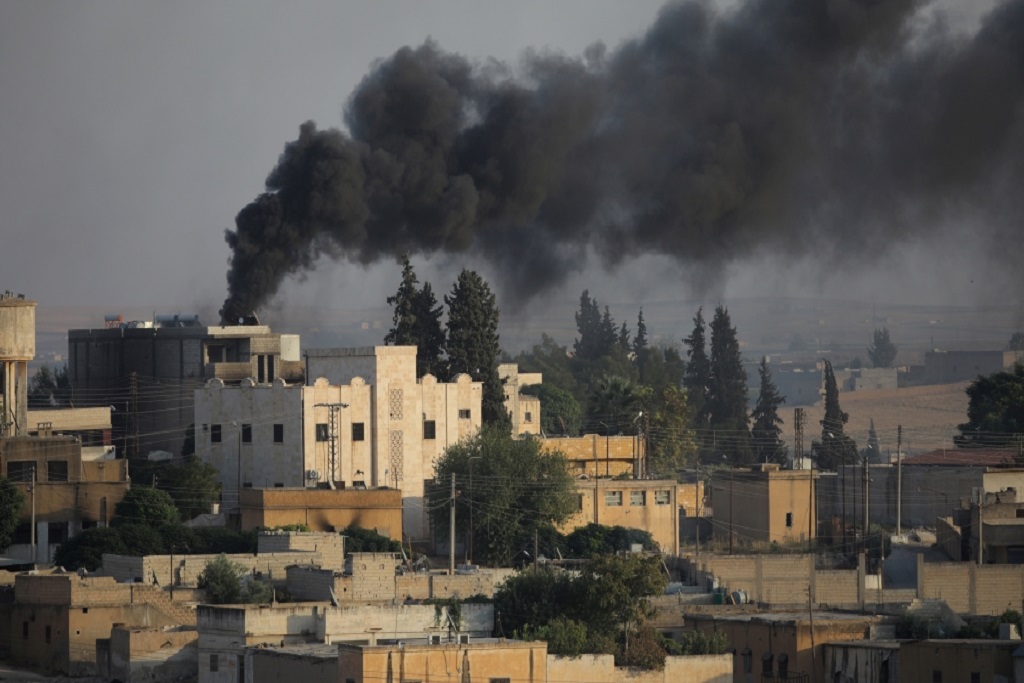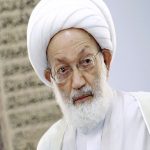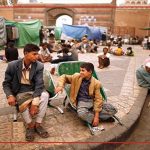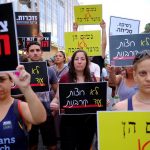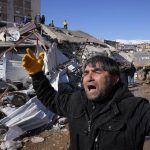The armed group continues to gain strength in the war-torn country after its defeat in 2019, analysts say.
brazen ISIL attack on a prison in northeast Syria and the ensuing five days of fighting with the Kurdish-led Syrian Democratic Forces (SDF) is a stark reminder of the armed group’s growing strength, analysts say.
Faraan: The complex operation saw two car bombs detonate outside a prison holding more than 3,000 ISIL (ISIS) detainees in conjunction with 200 assailants cutting off neighborhood routes in Hasakeh city and attacking a nearby military base. More than 100 people have been killed and tens of thousands of civilians have reportedly fled the fighting. It was the largest attack by ISIL in Syria since the fall of its so-called caliphate in 2019.
Hundreds of the group’s detainees escaped al-Sina’a prison, the largest in the world for ISIL members, during the initial chaos – exacerbated by a riot inside the prison, which culminated in kitchen staff being taken hostage and the whole north wing of the prison falling under the control of ISIL.
As of Monday, 27 Kurdish forces and seven civilians had been killed, according to SDF sources, as the prison remained under siege and clashes continued in surrounding neighborhoods with US-led coalition helicopters flying overhead.
Counter Extremism Project analyst Gregory Waters told Al Jazeera ISIL in Syria is “absolutely” growing stronger. “The fact that we’re at a point where ISIS can do this, has shown just how … much they’ve grown back from where they were in 2019,” Waters said.
For Waters and other researchers, this attack and sustained strength shown by the armed group is far from surprising. Middle East Institute Fellow Vera Mironova highlighted while the international community turned its back on Syria, ISIL did not go anywhere.
“There is nothing new in what has happened, we absolutely know how active they are … It’s just a logical next step, it’s not a breakthrough,” Mironova told Al Jazeera. ‘Very significant’ attack Within the last six months, there has been a clear indication of ISIL’s intentions to expand, said Middle East Institute Syria’s counterterrorism and extremism programmes Director Charles Lister.
“They’re a long way away from being able to capture, secure and consolidate control over territory, but an attack [like what has] taken place in Hasakeh is very significant,” Lister told Al Jazeera. The fracture of Syria during the more-than-10-year civil war – the creation of internal borders and areas controlled by competing factions – has made it easier for ISIL to either lay dormant or move as they please, particularly seeing as there are no coordinated anti-ISIL operations between the factions.
International Crisis Group Senior Syria Analyst Dareen Khalifa told Al Jazeera that ISIL has maintained weapons and supply caches, training camps, and safe houses for fighters and commanders to retreat to in central Syria, specifically al-Badya, in recent years.
“ISIS cells have been regularly harassing the regime and affiliated units both in a coordinated manner and operating independently from each other when necessary,” Khalifa said. When the Syrian government launched operations against ISIL positions in central Syria, the cells then moved to the northeast of the country, bolstering the technical expertise of the existing cells there.
Martin Reardon, The Soufan Group’s senior vice president, described the “volatile and chaotic” conditions of Syria as ideal for an armed group such as ISIL to thrive. “Militarily speaking, territory that one side doesn’t control or at least maintain robust surveillance of is open to exploitation by the other side,” Reardon told Al Jazeera.
Waters said the US government will not approve requests for further equipment and financial support for the SDF to secure the open plains between Hasakeh countryside, Deir Az Zor and northern Raqqa, forcing the militia to withdraw from its positions periodically.
“So, if you look at how 200 ISIL fighters got into Hasakeh city, it’s not that hard to move across this open area because there are no checkpoints, no outposts, and no continual ground observations,” Waters explained.

